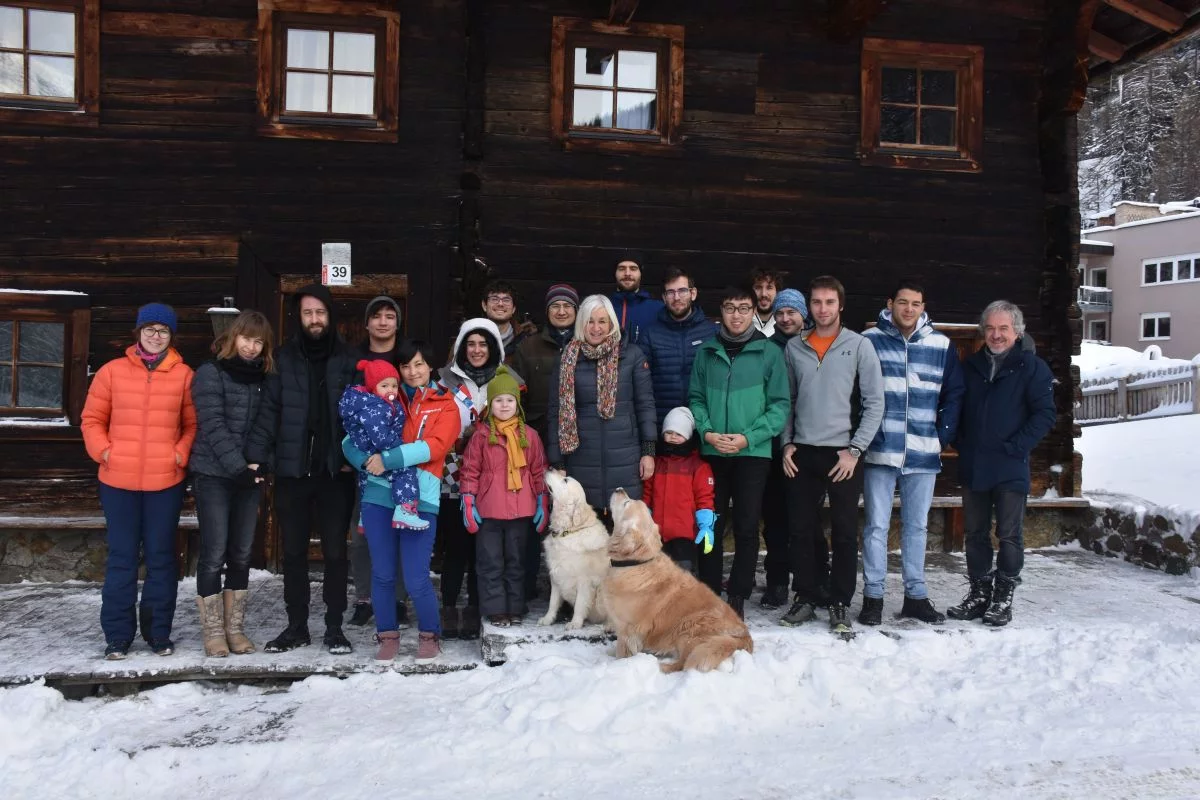The group Photons for Engineering and Manufacturing (PEM), formerly known as MSS (Materials Science and Simulations), performs research on structural and mechanical properties of metals and alloys with the aim to contribute to advanced manufacturing. Our approach is largely based on a combination of neutron and X-ray diffraction and scattering methods with conventional experimental characterization techniques and computational simulation methods.
PEM has developed several devices for carrying out in-situ mechanical testing on thin films or small-scale samples at the MS, MicroXAS, cSAXS, and TOMCAT beamlines of the Swiss Light Source (SLS). PEM also closely works together with the time-of-flight neutron beamline POLDI at SINQ which is designed for strain measurements. This beamline is equipped for residual strain measurements and in-situ mechanical testing in uniaxial, biaxial, or torsion mode.
PEM supports the user program at SINQ and SLS and welcomes active collaborations with groups at Swiss or internationally based universities, research centres and industry with the aim to advance the use of large facilities for material science and engineering.
The group is closely linked the Laboratory for Neutrons and X-rays for Mechanics of Materials (NXMM), of the Institut des Matériaux at the École Polytechnique Fédérale de Lausanne (EPFL) through its head Prof. Dr. Helena Van Swygenhoven. Teaching materials science with X-rays and neutrons and supporting research at the masters and doctoral level are the primary responsibilities of NXMM at EPFL.
Helena Van Swygenhoven is an ERC advanced grant holder of MULTIAX (ERC-MULTIAX). The project investigates how metallic materials behave under multi-axial stress states and changing strain paths, and as such will contribute to advanced manufacturing.
Prof. Dr. Helena Van Swygenhoven
Head of PEM
